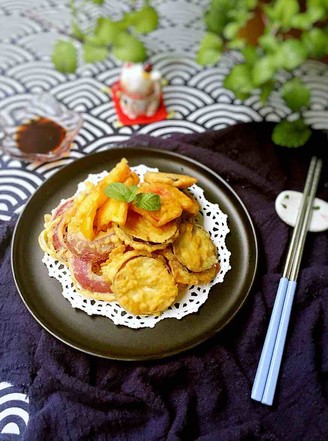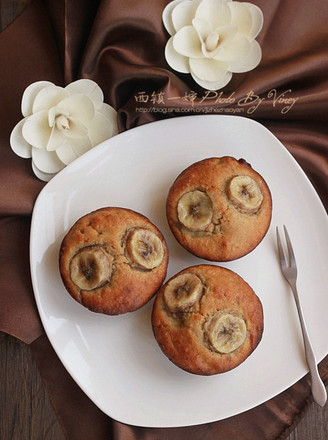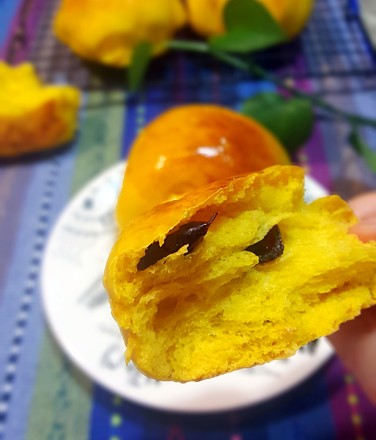Taiwan Scallion Cake
1.
Chop the chives only with the green part, and remove the lard from the refrigerator in advance to soften it.
2.
Put the flour into the basin, and pour in the warm water of 45 degrees (that is, the temperature of the bath water in winter) in a circle
3.
As soon as possible, use chopsticks to mix the flour and water until it becomes a snowflake.
4.
Use your hands to fully knead the flour and water into a dough in the basin, then place it on the chopping board and knead repeatedly.
5.
Until the surface of the dough becomes smooth, put the dough into a spherical shape and put it in a basin, cover with plastic wrap and let it stand for 1 hour.
6.
The resting time can make the dough soft and gluten, and the thick film can be formed by pulling it up.
7.
Use a scraper to divide the dough into 3 portions.
8.
Spread a layer of vegetable oil on the chopping board, grease both sides of the dough, and use your fingers to flatten the dough into a rectangle.
9.
Use a rolling pin to roll up from the middle part, and then back to the middle part to roll down.
10.
Sprinkle some fine salt evenly on the dough.
11.
Then spread a layer of softened lard evenly on the dough.
12.
Sprinkle with chopped green onions.
13.
Slowly roll up the dough from the bottom up.
14.
Rolled cylindrical noodles.
15.
Holding one end of the left and right hand, stretch the noodles (stretching and tapping on the table a few times) forgive me for pressing the shutter with the other hand.
16.
Twist the noodles like twisted twists, while pressing the noodles on your index finger.
17.
Remove the noodles from your fingers, and apply a little vegetable oil on the surface of the dough.
18.
Use a rolling pin to roll the dough into a round cake.
19.
Put some oil in the non-stick flat bottom to preheat, put in the cake and start frying with a low fire (use an induction cooker or an electric ceramic stove with low firepower, you can use a high fire)
20.
When frying until the bottom of the pan turns slightly yellow, turn it over and continue frying on low heat until both sides of the cake turn slightly yellow.
21.
Pick up the crust with chopsticks, let the crust become loose and layered. Fry it for a while and it will come out of the pan.

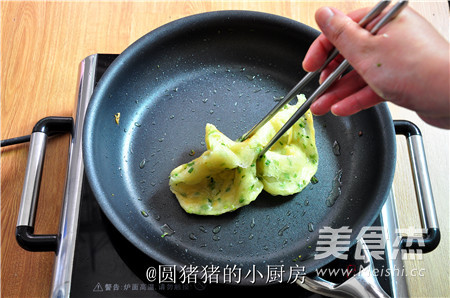
Tips:
1. Flour Here I use Xinliang cake flour, that is, low-gluten flour, which has relatively low water absorption. If ordinary all-gluten flour absorbs more water, add more water;
2. This cake is a semi-hot noodle method. The hot noodle can make the flour absorb more water and make it softer, but the dough will lose its crispness, and it will become stickier and not chewy. So here is the use of semi-hot noodles to make the surface of the dough crispy and the inside soft;
3. The reconciled dough must be given enough time to relax the dough, which is commonly known as waking up. This process can make the dough have better ductility, easier to roll out, and not easy to break;
4. During the operation, apply vegetable oil on the chopping board to prevent sticking, otherwise the dough will stick and cause cracking;
5. Lard has the best shortening properties, so it is recommended to use lard. Put it at room temperature to soften before use, so that it can be easily wiped off;
6. Put some oil in the right amount when pancakes, so that the pancakes will be crispy;
7. The chopped green onion must be drained before cutting. When the chopped green onion meets salt, water will easily flow out, causing the dough to be very wet and sticky. Therefore, after adding the chopped green onion, roll it quickly and roll it into a round cake.

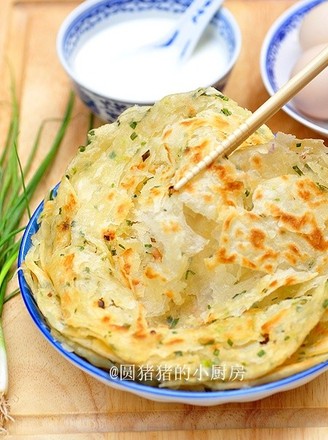

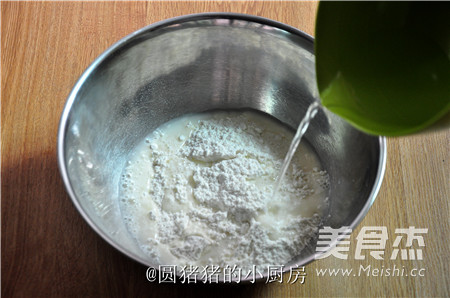
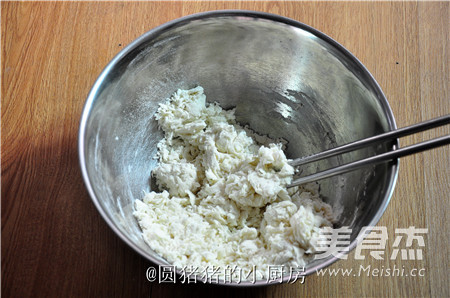
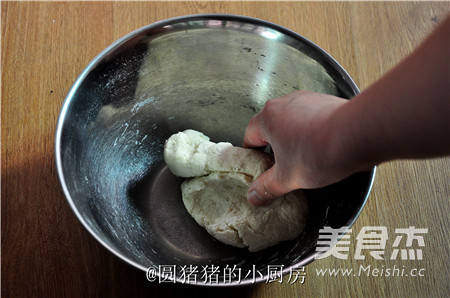
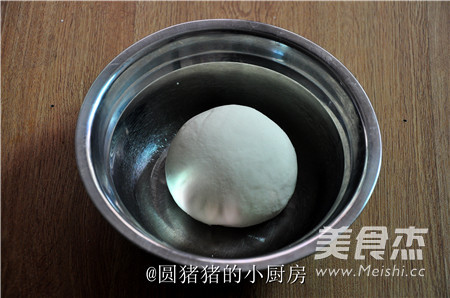
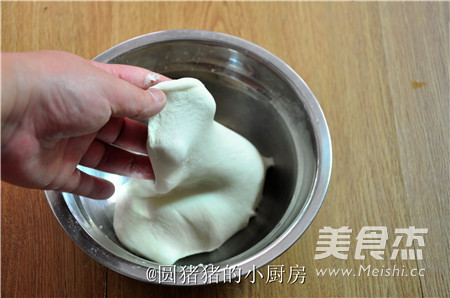
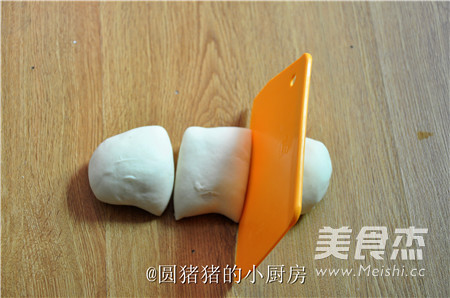
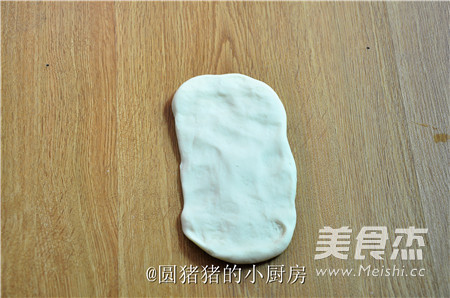
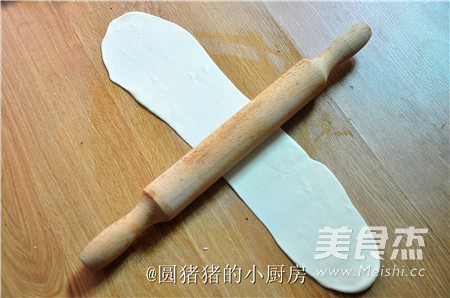
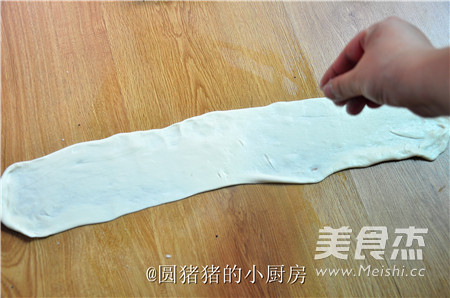
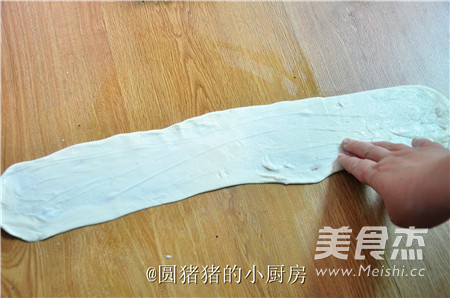
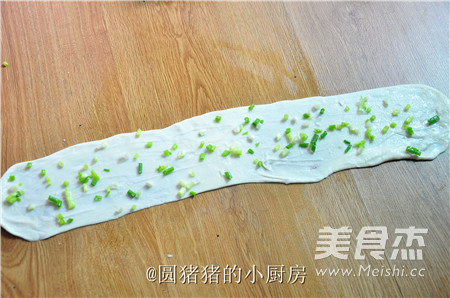
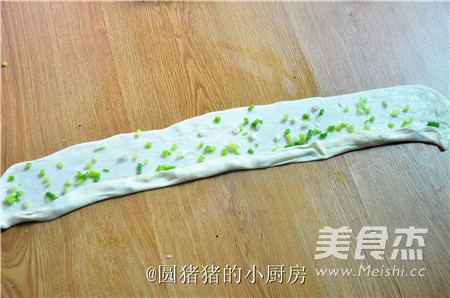
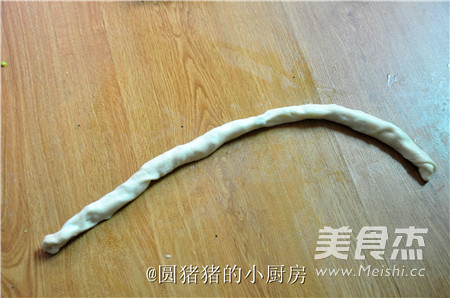

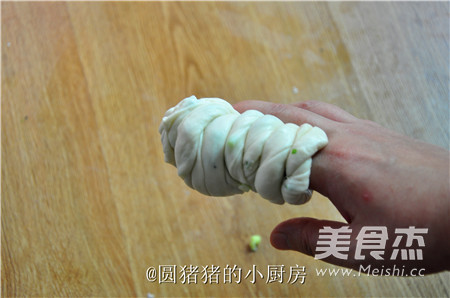
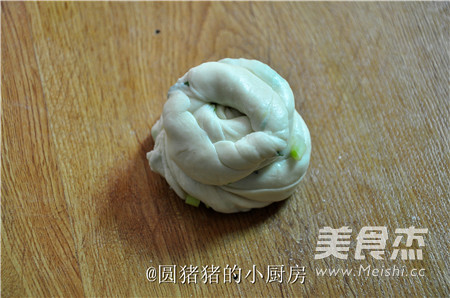


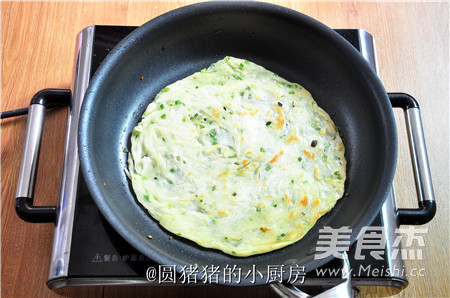

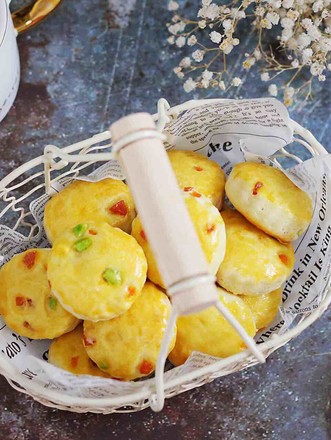
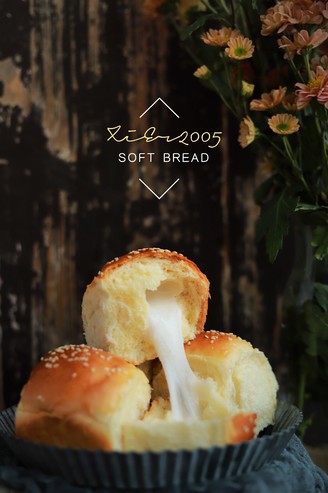
![Seasonal Vegetable Patties [baby Food Supplement] recipe](https://img.simplechinesefood.com/02/024b910033009872aea33017c755a377.jpg)
